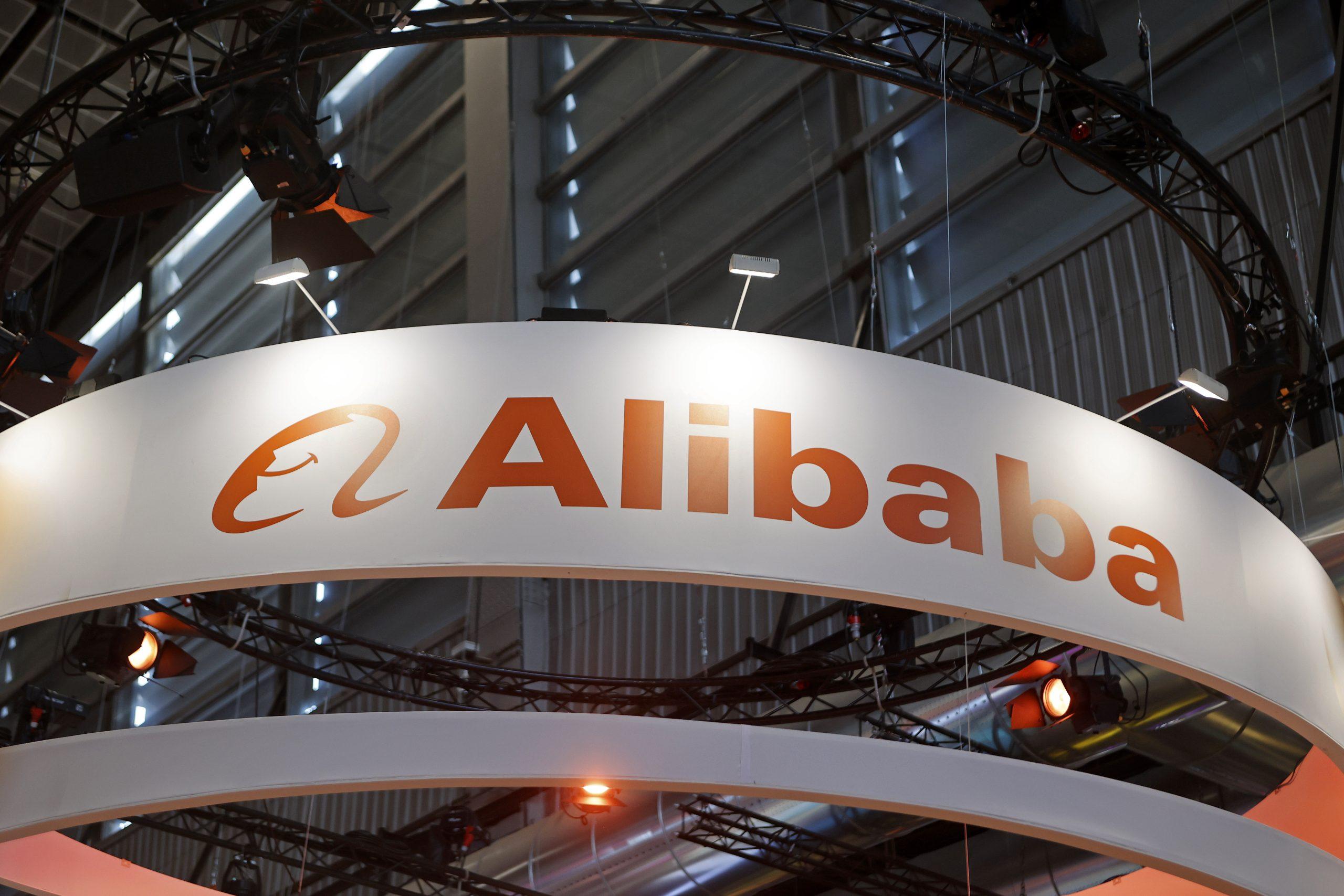Chinese innovation, regulation and AI
Posted By Project Syndicate on April 4, 2024 @ 08:37

What follows is an interview by Project Syndicate with Angela Huyue Zhang, author of High Wire: How China Regulates Big Tech and Governs its Economy (Oxford University Press, 2024).
Project Syndicate: In 2020, Chinese regulators launched a crackdown [1] on tech companies—a process that cost firms more than $1 trillion in market value. How has the crackdown changed the innovation and entrepreneurial culture in China? Has it had any positive effects?
Angela Huyue Zhang: The crackdown appears to have yielded few, if any, positive outcomes. Beyond failing to encourage new market entrants, it seems to have entrenched the dominance of incumbents. Moreover, it has severely undermined investor confidence, leading to a substantial reduction in capital flows into the consumer-tech sector.
As private entities recede, the state advances. For example, government-backed funds or companies acquire stakes in key subsidiaries of tech giants; these ‘golden shares’ enable the government to exert more control over content moderation and other business decisions. Finally, the crackdown has enabled the state to steer investment within the technology sector, leading both private and state-backed investors increasingly to focus on so-called hard tech [2].
PS: China does have a ‘strong reason to regulate’, you write in your forthcoming book, High Wire: How China Regulates Big Tech and Governs Its Economy, not least because its platform economy has ‘grown to be very unruly.’ If Alibaba’s ‘forced restructuring’ last year was not the right way [3] to rein in a firm that had grown too large, how should the authorities have addressed monopoly concerns?
AHZ: The Chinese antitrust authorities should have intervened much earlier to curb the rapid expansion of leading tech firms like Alibaba and Tencent. Instead, they allowed acquisitions by these giants to proceed with little regulatory oversight, let alone constraints, for over a decade.
For Chinese firms, the key to circumventing the government’s investment restrictions was the ‘variable interest entity’ (VIE) structure, which enabled them to raise capital from overseas. Given uncertainty around the legitimacy and enforceability of the VIE structure, administrative authorities like the Ministry of Commerce avoided scrutinizing merger transactions involving firms that had adopted it. This worked for Chinese Big Tech firms, which amassed significant market power—so much power, in fact, that altering the competitive landscape now will be extremely difficult.
PS: Chinese regulators have lately been easing up. For example, you note that they are taking a rather lax approach [4] to artificial intelligence [5], in order to give Chinese firms a ‘competitive advantage over their American and European counterparts.’ But this approach, too, carries risks. In High Wire, you compare China’s regulatory system to a particularly difficult balancing act, characterized by ‘hierarchy, volatility, and fragility.’ What are the implications of this ‘dynamic pyramid model’, as you call it, for Chinese regulation?
AHZ: Chinese regulation is characterized by repeated cycles of policy easing and tightening. Chinese regulators’ lax approach to AI today could sow the seeds for a regulatory crisis tomorrow. And because China’s regulatory structure is rigidly hierarchical, information transmission within the bureaucracy is sometimes very inefficient, so regulators often fail to respond to issues as they arise. Instead, they tend to wait until the problem has grown to be rather serious, so the costs of changing course are high.
PS: In your book, you note that ‘Chinese tech firms self-regulate’ with the judiciary’s participation. How do Chinese tech firms act as ‘quasi-regulators’, and how has the judiciary facilitated the platform economy’s growth?
AHZ: The vast majority of disputes arising from large online platforms are adjudicated primarily by the platforms themselves. That is because these claims tend to be very small, so rather than going through the trouble of suing, most consumers and merchants rely on the platforms themselves to resolve their complaints. But platforms sometimes require support from the court system, especially when enforcing claims proves challenging. Chinese courts have devoted enormous resources to adjudicating disputes involving tech firms and, in doing so, have enhanced the credibility of firms’ ‘self-regulation’. The government thus effectively lends a helping hand to tech firms.
PS: A number of ‘seemingly random policies’ that the Chinese government has introduced since 2020, you write in High Wire, ‘are all connected by a common desire to combat inequality.’ Which of those policies has been—or is likely to be—particularly effective, and which are misguided?
AHZ: All these policies appear to be well-intentioned, but the way the government has gone about implementing them has led to serious unintended consequences. Because of the power imbalance between business and government in China, any negative policy signal can cause tech stocks to plummet. Investors lack confidence in tech firms’ ability to counteract government intervention. Ultimately, the market’s deep-seated mistrust of the Chinese legal system is the primary driver of investors’ bearishness.
PS: How might regulatory trends in the United States and the European Union affect the trajectory of tech governance in China?
AHZ: Regulatory trends in the US and the EU are poised to influence Chinese tech governance in three ways. First, Chinese policymakers might emulate their Western counterparts in strengthening oversight over Big Tech firms. Second, America’s expansion of overseas surveillance and aggressive assertion of jurisdiction over overseas data are likely to prompt China to enforce more stringent cross-border data-transfer rules. Finally, China might use its control over data outflows as a bargaining chip in negotiations with the EU and other jurisdictions that are tightening their data-outflow regulations.
Article printed from The Strategist: https://aspistrategist.ru
URL to article: /chinese-innovation-regulation-and-ai/
URLs in this post:
[1] crackdown: https://www.project-syndicate.org/onpoint/an-interview-with-angela-huyue-zhang-2022-02
[2] hard tech: https://www.mhubchicago.com/blog/what-is-hardtech
[3] not the right way: https://www.project-syndicate.org/commentary/alibaba-restructuring-advantages-and-disadvantages-by-jin-li-and-angela-huyue-zhang-2023-04
[4] lax approach: https://www.project-syndicate.org/commentary/risks-of-beijing-internet-court-ruling-allowing-copyright-of-ai-generated-content-by-angela-huyue-zhang-2023-12
[5] artificial intelligence: https://www.project-syndicate.org/commentary/china-generative-ai-regulation-support-growth-by-angela-huyue-zhang-2023-10
Click here to print.